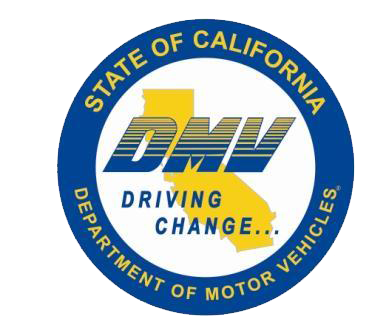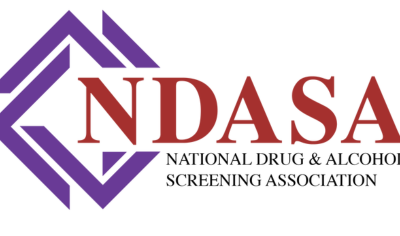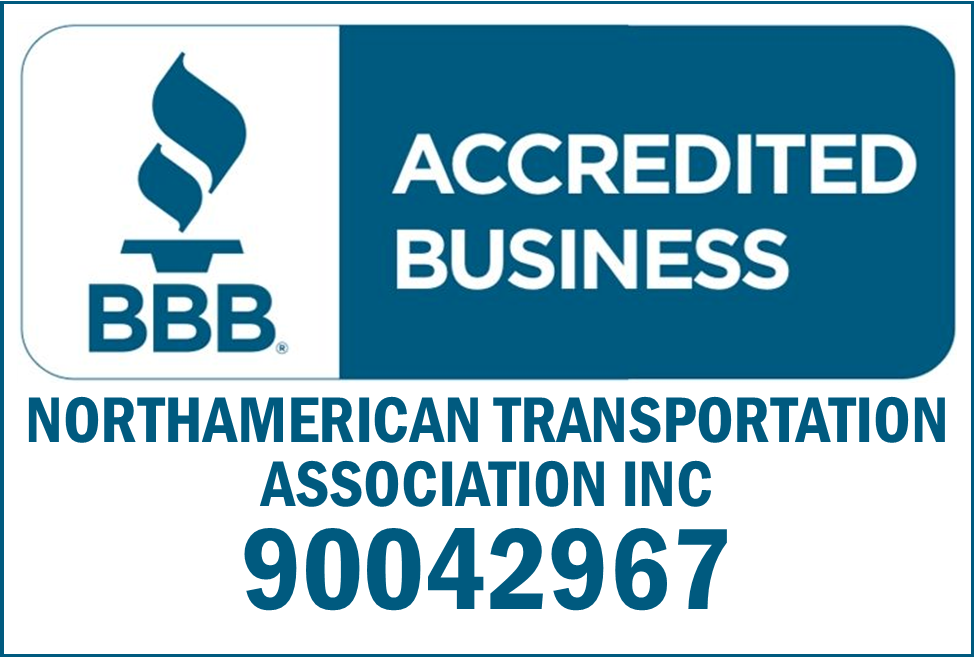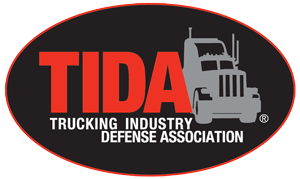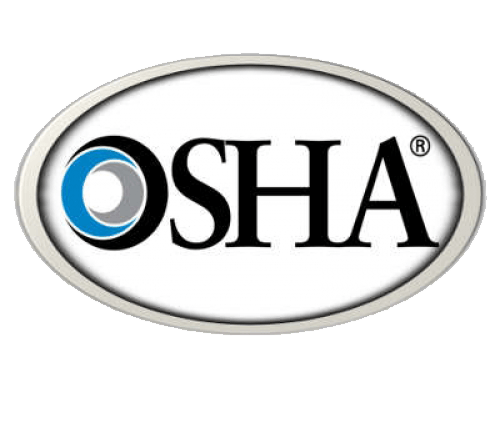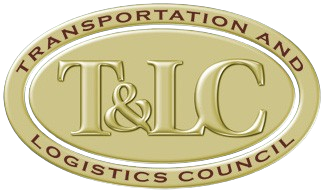Motor Vehicle Records (MVRs): What you don't know can hurt you…
At a minimum, carriers must review commercial motor vehicle (CMV) driver motor vehicle records (MVRs) at the time of hire and annually after that. A lot can happen in a year, and what you don't know can hurt you, especially if you have drivers close to losing their driving privileges.
Federal Motor Carrier Safety Administration (FMCSA) also requires that your CDL-vehicle drivers report convictions for violations to you within 30 days. Non-CDL vehicle drivers must notify you of traffic convictions annually unless the violation results in a loss of driving privileges.
Both CDL and non-CDL drivers must notify you of loss of driving privileges by the close of business the day after being notified.
Your company policy may require all CMV drivers to report any violation, incident, or accident much sooner.
However, are you confident that nothing adverse will happen without your knowledge?
MVR background information
To better appreciate the importance of MVRs, let's answer three questions.
1. What is an MVR?
An MVR is a government-issued snapshot of a driver's driving history with a wealth of information which may include:
- License number and status such as active, suspended, revoked, and downgraded
- License issue and expiration dates
- Type of license or class of CDL
- Medical certification and self-certified driving status (CDL drivers)
- Restrictions such as air brakes, manual transmission, medical variance, and intrastate-only
- Endorsements such as hazmat, passenger, and school bus
- Accident reports, traffic violations, and vehicular crimes
- State driving record points
2. What are FMCSA's minimum requirements?
The details of pulling and reviewing MVRs are as follows:
- At time of hire:
- For all drivers, run MVRs in each state where the driver held a CMV license or permit in the past three years.
- For non-CDL CMV drivers, you must have the MVR within 30 days of the hire date.
- A CDL-vehicle driver's current state of licensing MVR must show their medical status and be in the driver's qualification file before the driver can operate a CMV. If you're sending the CDL driver for a new medical exam, you must have the MVR within 15 days of the exam with the medical card as proof of certification during those 15 days only.
- Annually:
- You must request an MVR at least once every 12 months, in each state where the driver held a CMV license or permit in the past year.
- The driver must complete a list of traffic convictions, other than parking, that occurred in the past 12 months beginning at the first anniversary.
- You must also determine if the driver is qualified to drive a CMV and document the review. Pay particular attention to unsafe driving convictions in personal vehicles and CMVs because plaintiff attorneys will.
Intrastate-only drivers must follow their state's violation reporting requirements, which may be the same or different than the federal requirements.
There is no federal requirement for carriers to run MVRs for drivers who only operate non-CMVs for your company. However, the risk of a crash and litigation exists even with your drivers of non-CMVs.
3. What are some risks of annual MVRs?
MVRs pulled only once in 12 months increases the chance of:
- A claim of negligent retention or negligent supervision if an unqualified driver has a crash.
- Out-of-service violations and stranded equipment.
- License suspensions due to drivers reaching a maximum point accumulation for repeat violations in a specified period.
- License suspensions due to administrative reasons, such as failure to pay child support.
- Undetected expiration of CDL drivers' medical certification.
- Audits if the Driver Fitness Behavioral Assessment Safety Improvement Category (BASIC) exceeds the Compliance, Safety, and Accountability (CSA percentile threshold.
- FMCSA audit fines and acute violations that require immediate action.
Ongoing MVR monitoring
Ongoing MVR monitoring will notify you as soon as violations or license status changes are available from states. If a drivers' ability to operate a CMV is affected, timely notification is crucial, especially if you run a multi-state operation.
There are a couple of options when considering ongoing MVR monitoring.
- You can work with a third party such as NTA’s CDL Legal & Carrier Guard or J. J. Keller and Associates, Inc. that can offer services, including:
- Collection of driver consent forms to participate in the monitoring program.
- Audited MVRs and further research when complex state information requires clarification.
- Scored MVRs to rate the driver's history for risk.
- Immediate contact upon state notification if a license is suspended, revoked, or canceled.
- Management of corrective action training due to an adverse event.
You can also go with the self-serve route and use two types of alert systems:
- A push system that sends out an alert whenever the driver's record changes; or
- A self-serve pull system that allows users to check the driver's record as needed.
These self-serve options can be time-consuming, requiring you to maintain independent relationships with all the states.
The benefits of ongoing MVR monitoring
Identify high-risk drivers much sooner
Regardless of a policy that requires drivers to report all incidents, violations, suspensions, and accidents, you could have gaps that expose you to excessive risk. Your company is responsible for what you should have known, not what you found out the hard way, after a crash, or if you're lucky, at a roadside inspection.
Ongoing MVR monitoring reduces risk and potential liability with timely notification of events like:
| Event Categories | Examples |
|---|---|
| License status | Suspension, revocation, expiration, downgrade |
| Alcohol and drug violations | Driving under the influence, refused to test for alcohol |
| Illegal or improper actions | Reckless driving, failure to obey stop sign, following too close, using a handheld cellphone, distracted driving |
| Equipment violations | Failure to use lights, seat belt not used properly |
| Speeding | Too fast for conditions, over the posted limit |
Save time and meet the annual MVR review requirement
A thorough annual review can take 30 to 60 minutes per MVR, along with state delays to provide reports in many cases. The person reviewing MVRs needs expertise to:
- Score MVR events,
- Clarify state codes, and
- Identify and deliver remedial actions due to events affecting driver safety or licensing.
If it has been a year since the last MVR, this can result in several unexpected events not previously reported by drivers. Ongoing monitoring requires only reviewing changes in the driving record or license status, saving time, and decreasing the chance of missing something.
If you are using ongoing MVR monitoring via self-serve or using a third-party service, this meets the annual MVR and annual review requirement in section §391.25, provided:
- The employer notification system records the person's name who conducted the driving record review, and
- You either automatically receive updates from the state (push-system) or access the system to check for updates (pull-system) at least once per year.
Increase driver retention
Good drivers are hard to find and retain. Investing in the retention of your current drivers is a necessity. The sooner you're aware of a drivers' adverse events, the sooner you can coach, train, and correct the unsafe behavior to help them stay on your team.
Finally,
Your safety management controls will be called into question if you have unqualified drivers on the road. Gaps in your processes for keeping your drivers qualified can result in an audit or add zeros to any lawsuit settlement.
The critical point of ongoing MVR monitoring is protecting your business and reducing the time between unsafe or disqualifying events and your actions to resolve the situation. Start the new year by adopting this very effective best practice!
Remember, NorthAmerican Transportation Association is your premier Association offering free safety consulting coupled with more day-to-day safety services and is an official distributor of J J Keller Products and Services. NTA member always receive a discount.
Content Disclaimer: Due to the constantly changing nature of government regulations, it is impossible to guarantee the total and absolute accuracy of the material contained herein or presented. NorthAmerican Transportation Association (NTA) cannot and does not assume any responsibility for omissions, errors, misprinting or ambiguity contained. NTA shall not be held liable in any degree for any loss, damage or injury caused by any such omission, error, misprinting or ambiguity present. It is made available with the understanding that NTA is not engaged in rendering legal, accounting or other professional service. If legal advice or other expert service is required, the services of such a professional should be sought.



